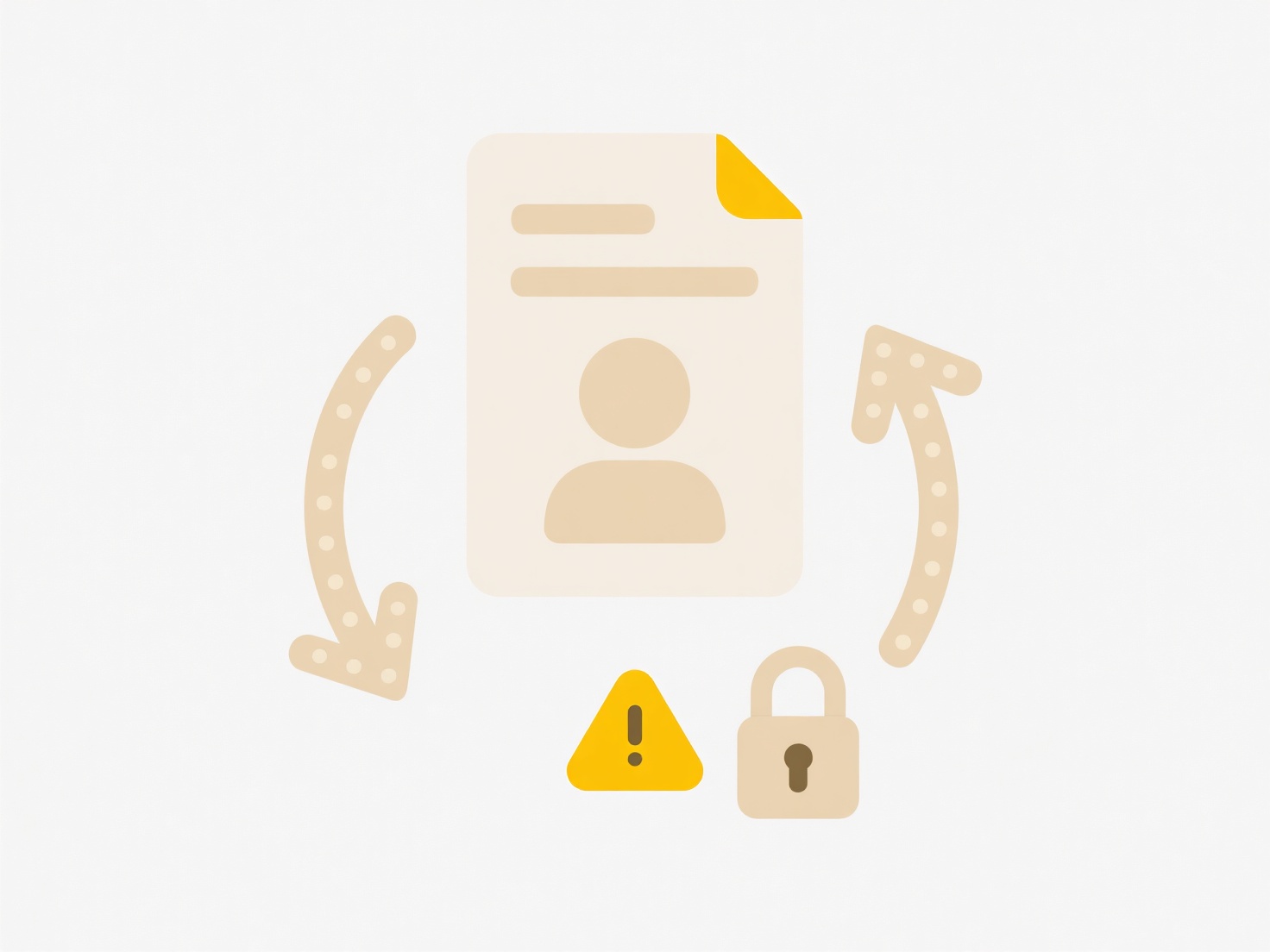
A checksum is a digital fingerprint generated from a file's contents using a mathematical algorithm (like MD5, SHA-256). It works by processing every bit of the file to produce a unique fixed-length string of characters. If two files are completely identical, bit-for-bit, they will always produce the same checksum value. Therefore, comparing checksums is an extremely reliable way to confirm that two files are exact copies, differing fundamentally from simply comparing filenames or modification dates which tell you nothing about content.
For example, software distributors often provide a checksum alongside downloadable files. Users can generate a checksum from their downloaded file and compare it to the published value; a match verifies the file is intact and unmodified. Another common use is in data deduplication systems, often employed by cloud storage providers or backup solutions; these systems generate checksums for stored files and avoid keeping multiple copies of files with identical checksums, saving significant storage space.

While highly effective for detecting identical files, checksums cannot determine if similar files contain different content. Their security relies on the algorithm's collision resistance. Older algorithms like MD5 have known vulnerabilities where different files can produce the same checksum, though this is extremely difficult to achieve intentionally for modern algorithms like SHA-256. Consequently, using secure, current algorithms is crucial for trustworthy verification in security-sensitive or data integrity applications.
Can I use checksums to detect identical files?
A checksum is a digital fingerprint generated from a file's contents using a mathematical algorithm (like MD5, SHA-256). It works by processing every bit of the file to produce a unique fixed-length string of characters. If two files are completely identical, bit-for-bit, they will always produce the same checksum value. Therefore, comparing checksums is an extremely reliable way to confirm that two files are exact copies, differing fundamentally from simply comparing filenames or modification dates which tell you nothing about content.
For example, software distributors often provide a checksum alongside downloadable files. Users can generate a checksum from their downloaded file and compare it to the published value; a match verifies the file is intact and unmodified. Another common use is in data deduplication systems, often employed by cloud storage providers or backup solutions; these systems generate checksums for stored files and avoid keeping multiple copies of files with identical checksums, saving significant storage space.

While highly effective for detecting identical files, checksums cannot determine if similar files contain different content. Their security relies on the algorithm's collision resistance. Older algorithms like MD5 have known vulnerabilities where different files can produce the same checksum, though this is extremely difficult to achieve intentionally for modern algorithms like SHA-256. Consequently, using secure, current algorithms is crucial for trustworthy verification in security-sensitive or data integrity applications.
Quick Article Links
Is AI processing sandboxed or isolated from other system processes?
Is AI processing sandboxed or isolated from other system processes? all AI processing is confined to your local devic...
What’s the difference between .yaml and .yml?
What’s the difference between .yaml and .yml? Both .yaml and .yml file extensions refer to files containing YAML (YAML ...
How do I organize press materials or media kits?
A media kit, or press kit, is a curated collection of promotional resources designed for journalists and media professio...